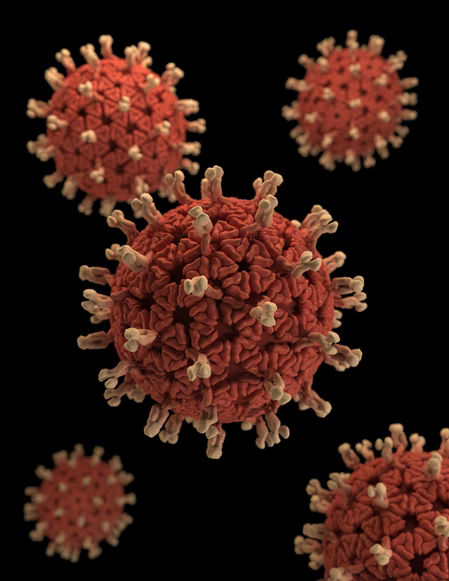People with monkeypox can spread the virus up to four days before they develop symptoms, a new study from Britain’s Health Security Agency published Wednesday in The BMJ revealed.
According to the study, more than half of the transmissions potentially take place during the pre-symptomatic phase.
Earlier, researchers hoped that people could only spread the virus once they developed symptoms. However, the latest finding raises more concern about the monkeypox outbreak.
Also Read | At $8 per blue tick, is Elon Musk’s digital town square about to turn into a billboard?
The study monitored more than 2,700 people with monkeypox in the UK from May 6 to Aug. 1. The researchers were able to link 13 of those cases to the people they infected. Ten pairs showed evidence of pre-symptomatic transmission.
Researchers found that 53% of monkeypox infections could spread pre-symptomatically. Other than painful lesions, monkeypox symptoms include fever, chills, swollen lymph nodes, headaches, muscle aches, back pain and fatigue.
In the past, only symptomatic transmission had been documented.
“There is still more work needed to understand pre-symptomatic and asymptomatic infections and what that might mean for future policies and management of the monkeypox outbreak,” Dr. Nachi Arunachalam, the monkeypox incident director at the Health Security Agency, said in a statement.
Dr. Esther Freeman, the director of global health dermatology at Massachusetts General Hospital and Harvard Medical School, said 53% might be the upper limit of pre-symptomatic transmission.
“We are seeing a substantial portion of our patients that have less than five lesions. I think it is possible to miss it,” Freeman said.
Also Read | Trump settles lawsuit filed by protesters over 2015 scuffle: Everything to know
The study finds that just isolating people who develop symptoms won’t help prevent new cases.
The new study was released a day after the World Health Organization that monkeypox continues to represent a global health emergency.
As of November 1, the WHO data stated 77,264 confirmed cases across 109 countries and 36 deaths related to the infection.







